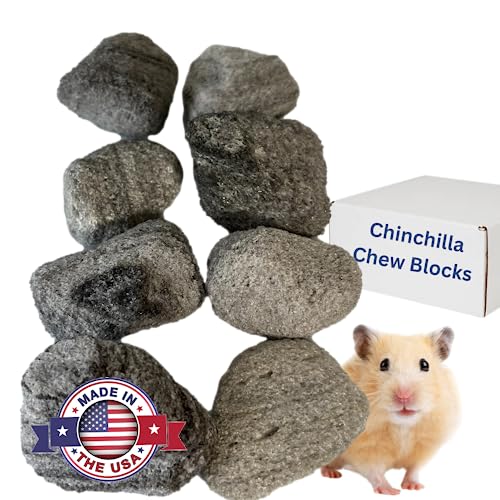Fidget
Senior Member
I was reading Tou_'s post about her Toby bleeding from the nose
viewtopic.php?f=20&t=8688&p=118640#p118640
Most likely porpyrin of course but Godmother's comment got me wondering
and it made me wonder if there's any way we could tell them apart easily at home? I've never been in a position of needing to know - but what if?
- Are they chemically different? That's more a curiosity question as I don't have a chemistry kit anyway, but maybe someone with children does and could make it a project if they have the right chemicals to tell?
Main question - Are they really visually different enough that we could tell by putting some on -say- a piece of toilet paper or piece of glass or something and see a difference it how they look on that surface? I've never heard any discussion of this, maybe cause there's no way to tell the difference or it hasn't been of importance, but if there is I'd really like to know.
viewtopic.php?f=20&t=8688&p=118640#p118640
Most likely porpyrin of course but Godmother's comment got me wondering
There never was a question for me in all these years & kids but obviously the situation could come up where I'm unsure.Godmother said:Porphyrin usually looks more rust than red (blood is usually bright red), but it is sometimes hard to tell them apart.
and it made me wonder if there's any way we could tell them apart easily at home? I've never been in a position of needing to know - but what if?
- Are they chemically different? That's more a curiosity question as I don't have a chemistry kit anyway, but maybe someone with children does and could make it a project if they have the right chemicals to tell?
Main question - Are they really visually different enough that we could tell by putting some on -say- a piece of toilet paper or piece of glass or something and see a difference it how they look on that surface? I've never heard any discussion of this, maybe cause there's no way to tell the difference or it hasn't been of importance, but if there is I'd really like to know.










































